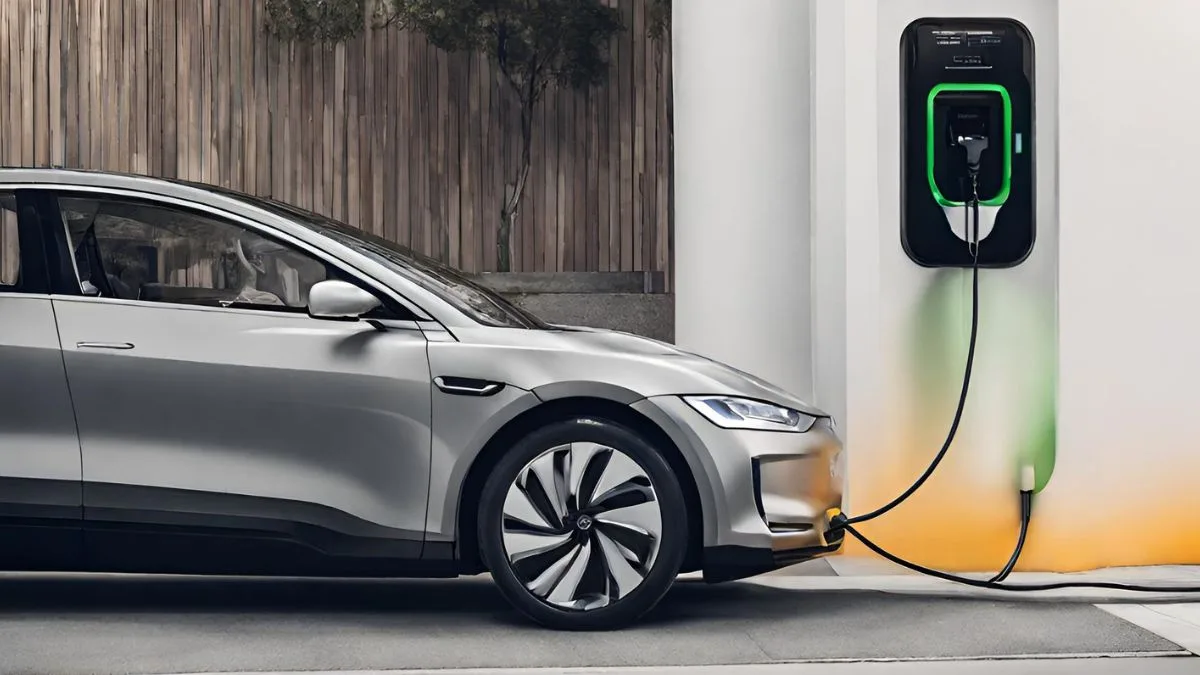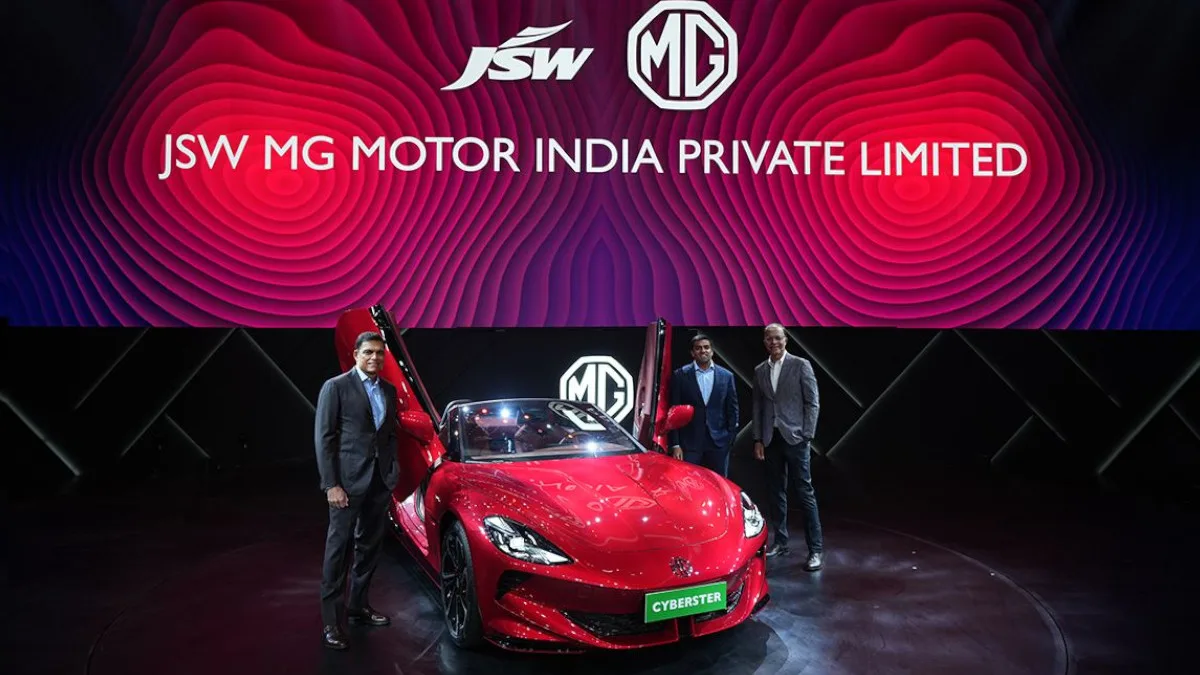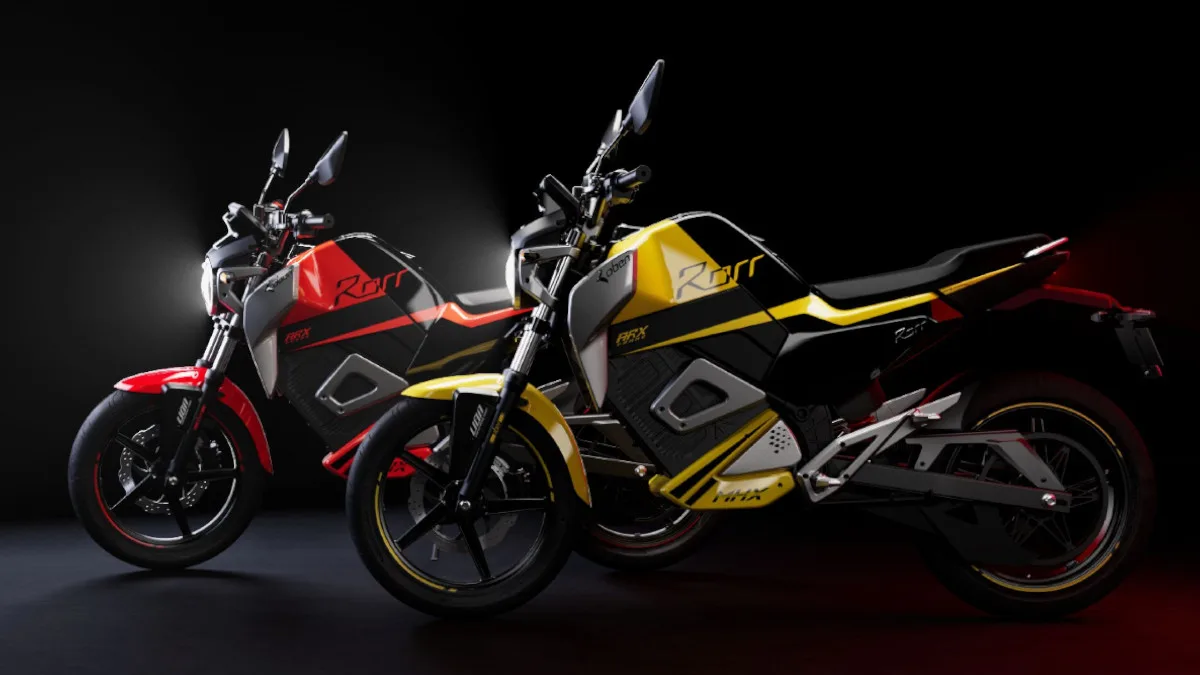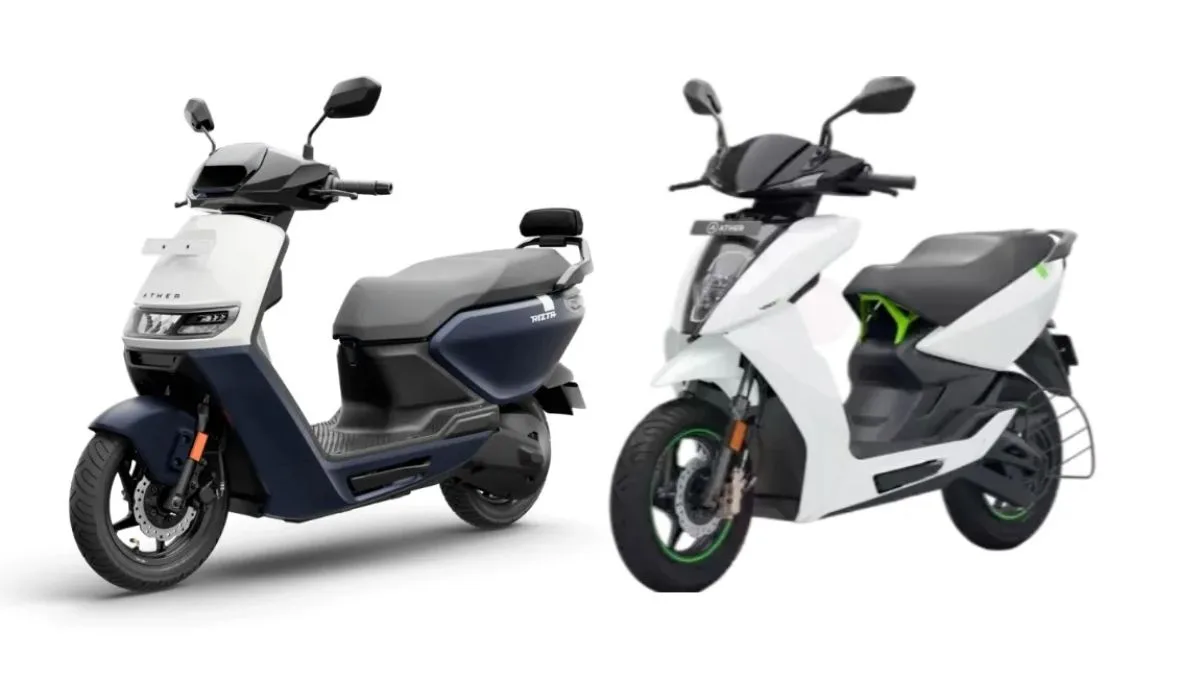India is rapidly accelerating its shift towards electric vehicles (EVs) to combat rising air pollution and promote sustainable transportation. To incentivize EV adoption and bridge the price gap with conventional vehicles, the government offers attractive subsidies under the Faster Adoption and Manufacturing of (Hybrid &) Electric Vehicles (FAME) scheme. Let’s delve into the details of EV subsidies in India, explore their impact, and discuss the road ahead.
Electric Vehicle Subsidies: Understanding FAME and its Benefits
FAME, currently in its second phase (FAME II), is a pan-India initiative launched in 2019. It provides financial assistance for both electric vehicle manufacturers and consumers. For consumers, FAME II offers demand incentives that directly reduce the upfront cost of purchasing an EV. These subsidies vary depending on the vehicle type and battery capacity.
Types of EV Subsidies under FAME II
Electric Two-Wheelers (e2Ws): FAME II offers a significant incentive of Rs 15,000 per kWh battery capacity, capped at 40% of the vehicle’s ex-factory price. This substantially reduces the cost of e2Ws, making them more attractive to budget-conscious buyers.
Electric Three-Wheelers (e3Ws): The subsidy for e3Ws varies based on the battery size and vehicle category. This aims to promote the adoption of e3Ws for commercial applications like passenger rickshaws and goods delivery.
Electric Four-Wheelers (e4Ws): While the subsidy per kWh remains at Rs 10,000, there’s a cap on the ex-factory price of eligible e4Ws (Rs 15 lakh). This ensures the benefit reaches buyers of mass-market electric cars.
The Impact of EV Subsidies
EV subsidies under FAME II have played a crucial role in propelling India’s EV market. They have:
Reduced the price barrier: By lowering the upfront cost, subsidies make EVs more affordable for a wider range of consumers. This encourages people to switch from traditional fuel-based vehicles to cleaner alternatives.
Boosted EV sales: The increased affordability, coupled with growing environmental awareness, has led to a surge in EV sales across segments. This creates economies of scale for manufacturers, potentially bringing down production costs further.
Promoted technological advancements: The rising demand for EVs incentivizes manufacturers to invest in research & development, leading to advancements in battery technology, range, and overall vehicle efficiency.
Looking Ahead: The Future of Electric Vehicle Subsidies
The Indian government is constantly evaluating and refining FAME to meet the evolving needs of the EV industry. Here’s what we can expect:
Focus on charging infrastructure: Developing a robust network of charging stations is crucial for widespread EV adoption. Future subsidies might target this aspect to address range anxiety among potential buyers.
Phased reduction in subsidies: As EV technology matures and production costs decrease, the government might gradually taper down subsidies. This will ensure a sustainable EV market driven by long-term economic viability.
Targeted incentives: Subsidies might become more targeted towards specific segments like public transport fleets or commercial EVs to maximize their impact.
In conclusion, EV subsidies under FAME II have been instrumental in accelerating India’s transition towards electric mobility. By making EVs more affordable and encouraging technological advancements, these subsidies are paving the way for a cleaner and more sustainable transportation future.
Note: The image used in this article has been generated through AI
Discover more from Wheels Craze - Automotive News, EV News, Car News, Bike News
Subscribe to get the latest posts to your email.





